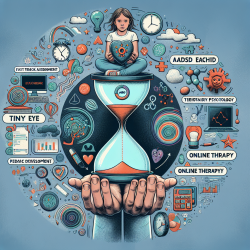Introduction
Natural Language Processing (NLP), a subfield of artificial intelligence, has made significant strides in processing and analyzing human-generated data. Its applications span various industries, including healthcare, where it is increasingly used to manage the vast amounts of unstructured data. A recent review, "How can natural language processing help model informed drug development?: a review," highlights the transformative potential of NLP in model-informed drug development (MIDD).
NLP in Drug Development
The review categorizes NLP applications in MIDD into three stages: drug discovery, clinical trials, and pharmacovigilance. Each stage leverages NLP functionalities such as named entity recognition, word embeddings, and relation extraction to enhance efficiency and outcomes.
Drug Discovery
NLP aids in gene-disease mapping, biomarker discovery, and drug-target interaction prediction. By automating text mining from scientific literature, NLP accelerates the identification of potential drug candidates and biomarkers, reducing the time and cost associated with manual curation.
Clinical Trials
NLP streamlines patient-trial matching and optimizes trial design. Techniques like assertion status detection and entity resolution extract relevant information from electronic health records (EHRs) and clinical trial eligibility criteria, enhancing recruitment efficiency and trial success rates.
Pharmacovigilance
Post-marketing surveillance benefits from NLP's ability to detect adverse drug events (ADEs) and predict drug-drug interactions. By analyzing unstructured EHR data and social media, NLP systems can identify potential ADEs, improving drug safety monitoring.
Challenges and Opportunities
Despite its potential, NLP in MIDD faces challenges such as data reproducibility, model explainability, and language limitations. Addressing these issues is crucial for wider adoption. Opportunities exist to enhance model performance, expand language support, and explore new MIDD applications.
Conclusion
NLP offers promising solutions for automating and optimizing drug development processes. By addressing current challenges and leveraging available resources, practitioners can significantly improve outcomes in MIDD. For those interested in exploring these applications further, the original research paper provides a comprehensive overview of NLP's role in drug development.
To read the original research paper, please follow this link: How can natural language processing help model informed drug development?: a review.










